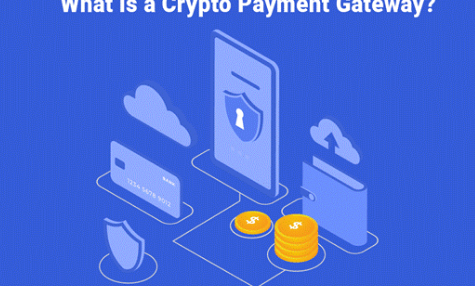How to Build a Secure Cryptocurrency Payment Gateway
Cryptocurrency payment gateways are revolutionizing the way businesses accept payments, offering benefits such as reduced transaction fees, global accessibility, and enhanced security. However, building a secure crypto payment gateway requires careful planning and execution to ensure seamless transactions while safeguarding sensitive data. This guide outlines the steps and best practices for developing a robust cryptocurrency payment gateway.
Key Benefits of Crypto Payment Gateways
-
Lower Transaction Costs: Cryptocurrency transactions typically incur lower fees compared to traditional payment methods.
-
Global Accessibility: Crypto payments enable borderless transactions without banking restrictions
-
Enhanced Security: Blockchain technology provides tamper-proof and transparent transactions
-
Faster Processing: Payments are confirmed within minutes, eliminating delays caused by intermediaries
-
Broader Customer Base: Accepting crypto payments attracts tech-savvy customers
Steps to Build a Secure Cryptocurrency Payment Gateway
| Step | Description |
|---|---|
| 1. Planning & Research | Define business requirements, target audience, and supported cryptocurrencies |
| 2. Blockchain Integration | Select the blockchain network (e.g., Bitcoin or Ethereum) for transaction processing |
| 3. Smart Contracts Implementation | Automate transactions securely using smart contracts |
| 4. Multi-Currency Support | Enable support for multiple cryptocurrencies to offer flexible payment options |
| 5. Security Features | Implement encryption, multi-signature wallets, and fraud detection mechanisms |
| 6. User Interface Development | Design a user-friendly platform that is responsive across devices |
| 7. Testing & Deployment | Conduct extensive testing to ensure secure and seamless transactions before launch |
Best Practices for Security
-
Robust Encryption: Use advanced encryption protocols to protect sensitive data such as wallet addresses and transaction details from unauthorized access
-
Two-Factor Authentication (2FA): Add an extra layer of security by requiring users to verify their identity through MFA methods like biometrics or one-time passwords
-
Regular Security Audits: Conduct periodic audits and vulnerability assessments to identify and fix potential weaknesses in the system
-
Fraud Detection Systems: Employ machine learning algorithms to detect anomalies and flag suspicious activities in real-time
-
Compliance with Regulations: Ensure adherence to KYC, AML, and GDPR standards to maintain legal compliance and minimize risks.
White Label vs Custom Development
Businesses can choose between developing a gateway from scratch or opting for a white-label solution:
| Feature | Custom Development | White Label Solution |
|---|---|---|
| Cost | High development costs | Lower costs due to pre-built infrastructure. |
| Time to Market | Longer due to extensive development | Faster deployment with ready-made solution. |
| Customization | Full control over features | Limited customization options |
| Security Features | Tailored security measures | Pre-integrated security protocols |
Conclusion
Building a secure cryptocurrency payment gateway is an excellent way for businesses to embrace digital currency payments while ensuring safety and compliance. Whether opting for custom development or white-label solutions, prioritizing security features like encryption, MFA, and regular audits is essential for success in the growing crypto market. By following these steps and best practices, businesses can create reliable platforms that cater to tech-savvy customers while minimizing risks associated with digital transactions.
Also Read :
